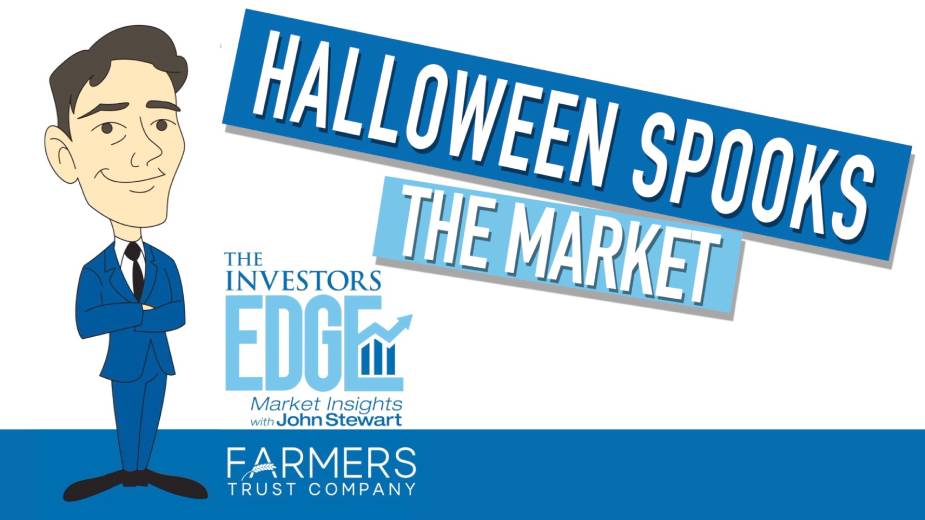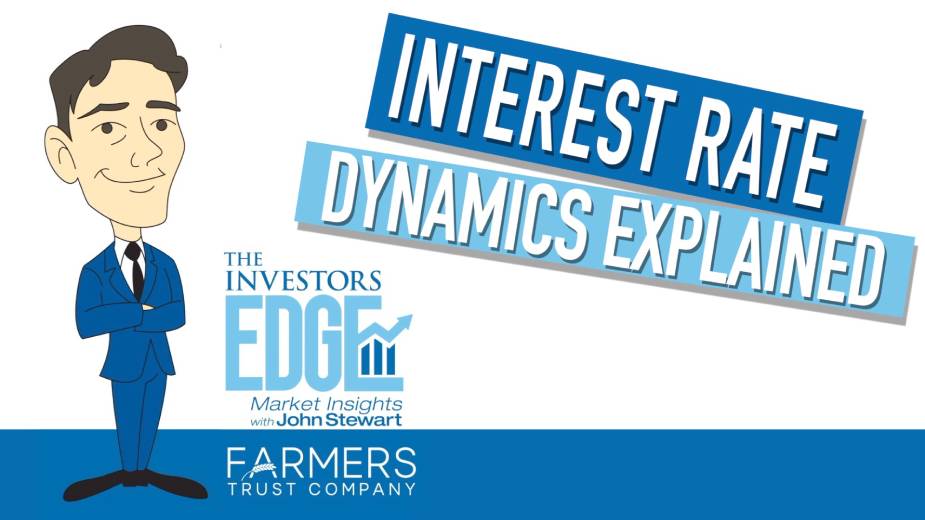Protect Your Wealth Through Extreme Diversification | Investors Edge 8-27-2021
By John Stewart, chief investment officer at Farmers Trust Co.
CANFIELD, Ohio — Concentration – that is owning a select few assets that perform well – can be a good way to build wealth, albeit potentially a risky approach; however, diversification is the best way to protect your wealth.
In an environment where one could make an equally compelling argument that hyperinflation OR outright deflation lies ahead – having an almost extreme level of diversification in the types of assets one holds makes some real sense.
First of all, you don’t want all the assets in your portfolio performing in tandem – if everything you own rises at the same time, it is likely it may all fall at the same time as well. You know that you have a strong level of diversification in your portfolio when different assets create a Yin and Yang dynamic with one another.
Creating a properly diversified portfolio and allocating between different asset classes can be tricky – I’d recommend consulting with a well-qualified investment professional if you think you might need help.
Week in Review: Afghanistan Debacle Could Slow Spending Package
That spending package I talked about a couple of weeks ago – you know the $1 trillion infrastructure deal along with the additional $3.5 trillion of government spending measures on various Biden administration economic initiatives – well, that may now be a heavier lift due to what’s going on in Afghanistan.
In case you’ve not been paying attention to the news recently, the recent withdrawal of U.S. troops from Afghanistan has allowed the Taliban to seize control of the capital Kabul and is causing substantial mayhem. Polling has shown that the turmoil currently occurring in Kabul is being blamed primarily on the Biden administration and specifically the president himself.
The reason this creates an issue for pending spending legislation is that Biden has been weakened politically by the geopolitical unrest and some moderate Democrats are beginning to question the necessity of trillions more in spending and are looking to distance themselves from risks ahead of mid-term elections
A silver lining (depending on how you look at it) could be that additional turbulence overseas may put the Fed on hold from reducing its various monetary stimulus measures, and that could prolong the stock market party for a while longer.
Looking Ahead: To Taper or Not to Taper, That is the Question
The Federal Reserve has been buying Treasury and mortgage bonds at a rate of $120 billion a month for well over a year now.
They own more than 30% of the Treasury market and more than 40% of the mortgage bond market at this point – those numbers are increasing at a rate of roughly 1% per month.
This unprecedented policy has kept interest rates low and has raised the value of pretty much every asset under the sun – including some things that most people wouldn’t assign any value to at all.
Now that the central bank seems to be ready to start reducing these bond purchases – which they effect with money conjured out of thin air by the way – they are finding reasons to second guess the removal of their monetary stimulus efforts.
It is in fact somewhat ironic that the concerns surrounding the renewed increase in COVID cases and the calamitous situation in Afghanistan could actually help keep the stock market riding high on a wave of cheap money. We should get more clues at next month’s meeting to see if the Fed is ready to blink.
Copyright 2024 The Business Journal, Youngstown, Ohio.


